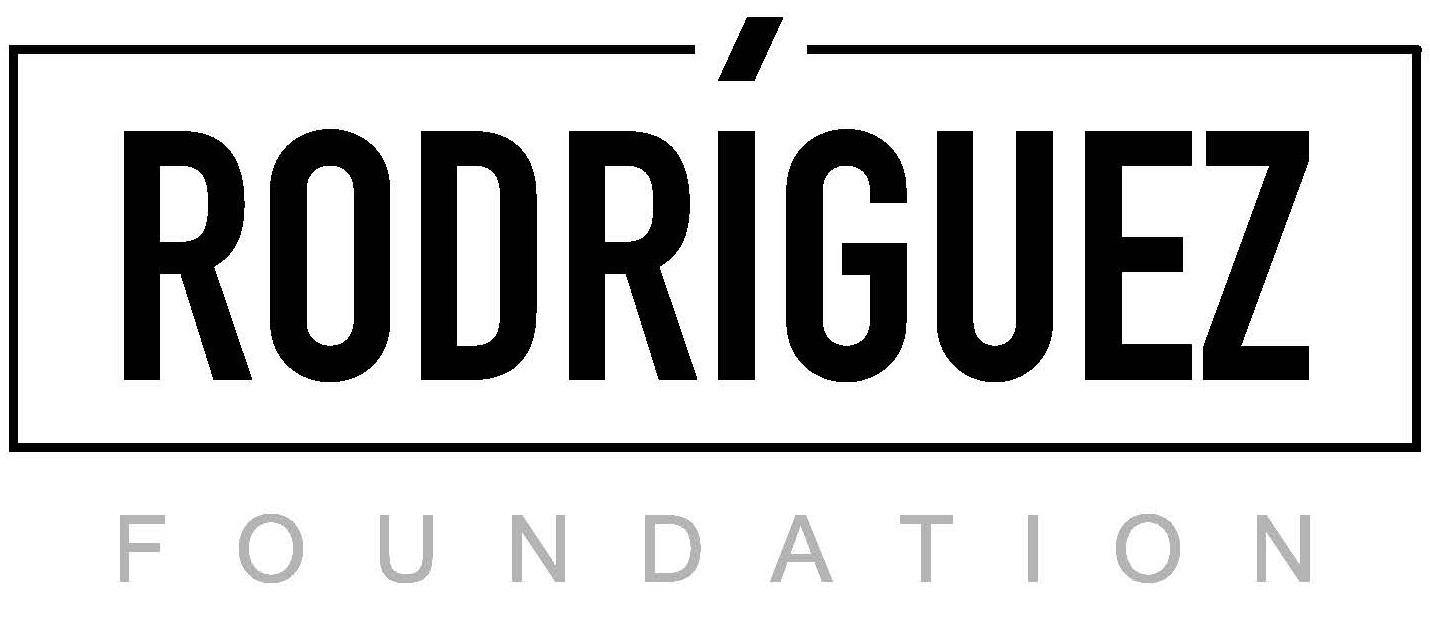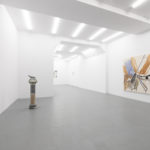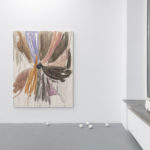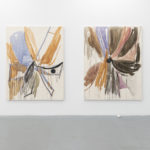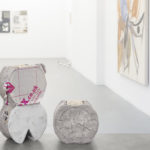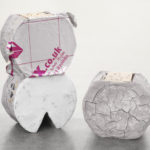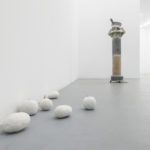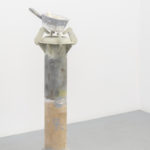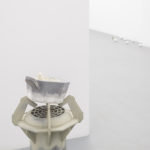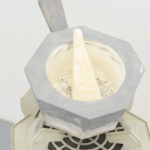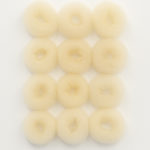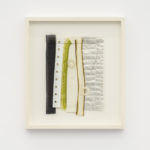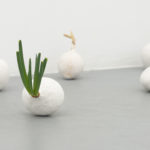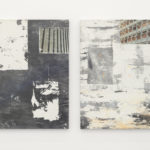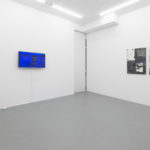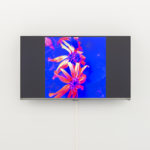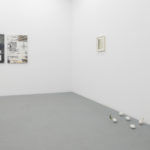Notebook on Cities
curated by Domenico de Chirico
10.05 - 12.06.2019
Viktor Briestensky
Henry Chapman
Chloé Quenum
Marianne Spurr
Keke Vilabelda
I shall begin by asking you about a city of stairs, exposed to the sirocco, on a half-moon bay [...]; a square with a horseshoe marble table around it, a marble tablecloth, set with foods and beverages also of marble. Invisible cities, Italo Calvino, 1972
The double strength of structuralist approach evolves simultaneously in two directions: from small to great, from general to detail, from a structure to a relationship. That happens in both inductive and deductive way, following endless ways and paths but never in one-way direction. It is obvious in more or less complex manner that every life event involves any form of construction or presupposes it in the moment of implementation. Setting the table is a form of structuralism itself. From the etymological point of view the word ‘structure’ derives precisely from ancient gothic and assumes the meaning of ‘lay’, ‘set’, ‘trim’. What makes sense in any of this specific action is the internal organization of concomitant elements that makes possible the outcome thanks to their mutual relationships and their arrangement.
Diomira, Isidora, Dorotea, Aglaura, etc. - these are some of the names quoted in the novel ‘Invisible cities’ by Italo Calvino which seem to be the names of works, as implied by the profound idea of an unusual network comprising of presented elements. For the sake of their uniqueness they represent genuine cities, lively with an intricate sense of suspense in the eyes of visitors, with such an indented structure to resemble the remains of a city loaded with street scraps and energy catalyzers at the same time owing to the use of different materials and complex morphological languages defining the vocabulary of each. Their look ranging from stone density to minutiae of biology, from saturation that discloses maps to iridescence that winks eyes at botany, seems to suggest a travelling experience across various lands characterized by materials of diverse origins which hide intrigues or simply quote words of larger structure. Their invisibility no longer consists in a mysterious meaning behind them, but in a whispering structure linking them, as in a journey. They are like a hint of the past that changes quietly or proceeds fast rising the pace of the city towards the one much fewer marked where the further prospect is nothing more than normal proceeding of the present.
Projekt dofinansowany z budżetu Miasta Poznania
Sponsor
